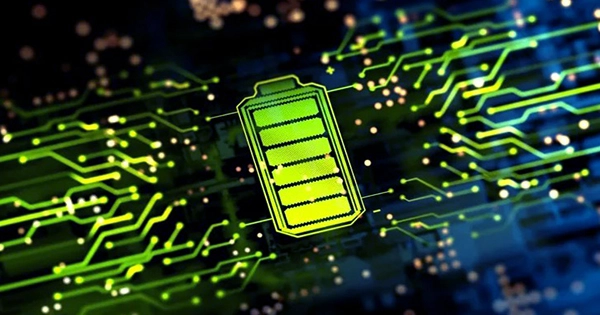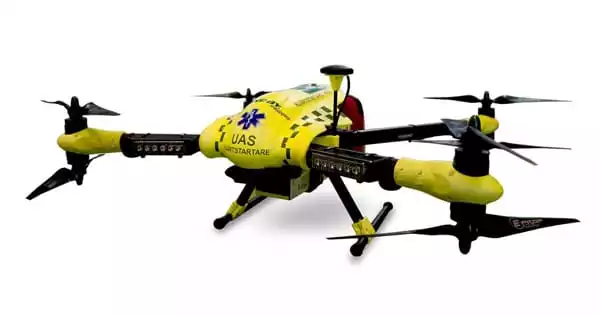The pinnacle of high-speed, long-distance communications is fiber optic technology. Still, researchers are expressing concern about a capacity shortage due to the internet’s continued exponential expansion.
When bundled into a fiber-optic cable, optical fibers, which have a diameter similar to a human hair strand, are able to carry more data across greater distances and at a faster rate than conventional transmission methods. This technology offers fiber-optic phone, TV, and internet services to homes and businesses.
Researchers from the National Institute of Standards and Technology and the University of Maryland demonstrate how quantum-enhanced receivers could be crucial in solving this problem in AVS Quantum Science, published by AIP Publishing.
The researchers created a technique to improve receivers based on quantum physics characteristics to considerably improve network performance while lowering the error bit rate (EBR) and energy usage.
In the 1950s, fiber optic cables were first created for endoscopes. The goal was to enable medical professionals to observe a patient’s interior without performing extensive surgery.
The same technology was used by telephone engineers in the 1960s to enable “speed of light” call transmission and reception. In a vacuum, it travels at around 186,000 miles per second, but in a wire, it slows to about 2/3 of this speed.
Receivers are necessary for fiber optic technology because they pick up optical signals and transform them into electrical signals. Shot noise is produced during the traditional detection process, primarily as a result of random light variations, which lowers detection efficiency and raises EBR.
We studied the theory of communications and the experimental techniques of quantum receivers to come up with a practical telecommunication protocol that takes maximal advantage of the quantum measurement. With our protocol, because we want the input signal to contain as few photons as possible, we maximize the chance that the reference pulse updates to the right state after the very first photon detection, so at the end of the measurement, the EBR is minimized.
Sergey Polyakov
Signals must be increased continuously as pulsating light weakens throughout the optic cable to address this issue, but there is a limit to sustaining proper amplification when signals become barely audible.
In lab settings, it has been shown that quantum-enhanced receivers that handle up to two bits of classical data and can cancel out shot noise can increase detection accuracy.
The shot noise is eliminated in this and other quantum receivers by using a separate reference beam with single-photon detection feedback. Eventually, the reference pulse cancels out the input signal.
However, the improved receiver developed by the researchers is better at differentiating between various input states and can decode up to four bits each pulse.
They created a modulation technique and put in place a feedback system that takes use of the precise times of single photon detection to achieve more effective detection. Although no measurement is perfect, the new “holistically” constructed communication system generally produces results that are more accurate.
“We studied the theory of communications and the experimental techniques of quantum receivers to come up with a practical telecommunication protocol that takes maximal advantage of the quantum measurement,” author Sergey Polyakov said.
“With our protocol, because we want the input signal to contain as few photons as possible, we maximize the chance that the reference pulse updates to the right state after the very first photon detection, so at the end of the measurement, the EBR is minimized.”
















